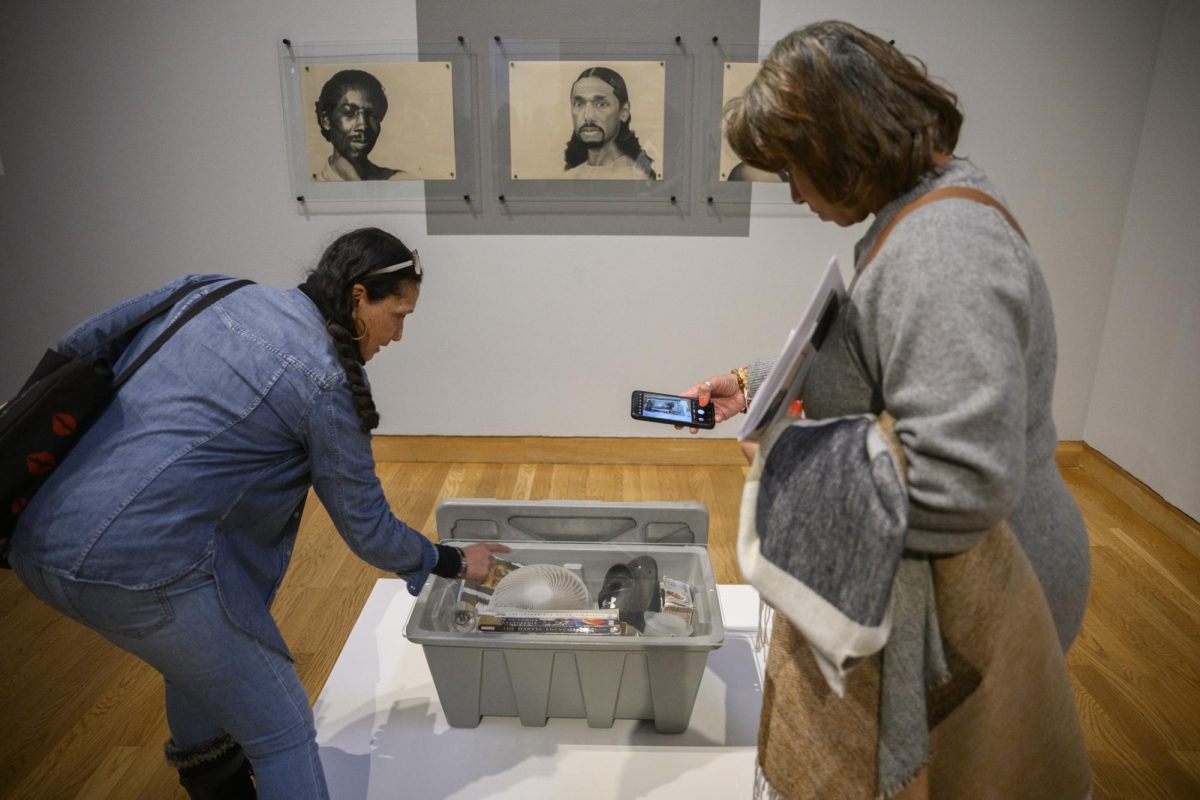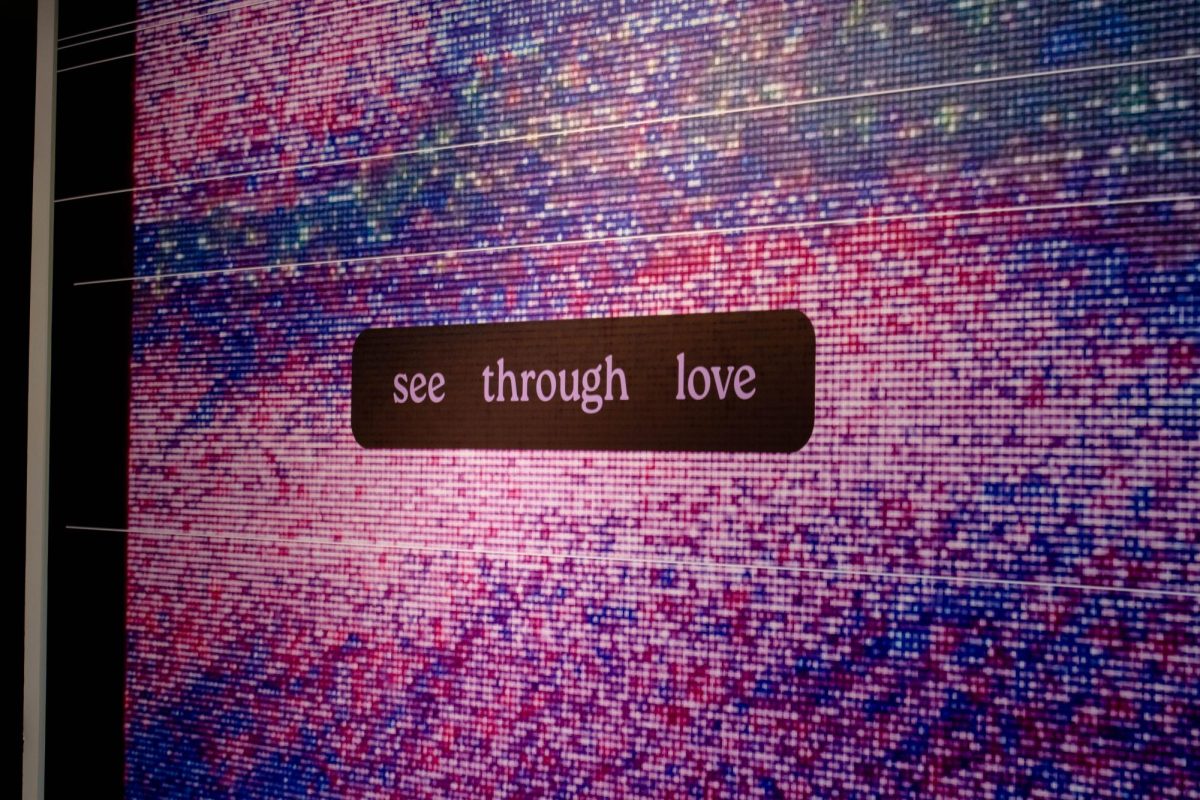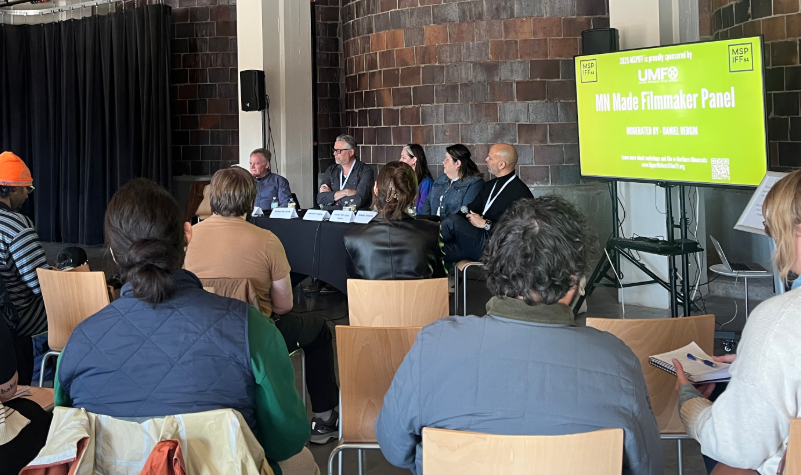Herbie Hancock is known for his chameleon ways.
Throughout the jazz pianist’s 40-year career, he has moved from bop, to funk, to electro, to rock, nominally remaining in the jazz genre but greatly expanding its boundaries.
Within 40 years, most artists grow as people and musicians. Hancock, though, has not simply matured. He constantly shifts directions and periods – jumping forward and backward.
In 2001 and 2002, Hancock, along with famed tenor saxophonist Michael Brecker and trumpeter Roy Hargrove, celebrated the 75th anniversary of John Coltrane and Miles Davis’ birthdays. The tour, called “Directions in Music,” was so successful the group turned it into an album. While Hancock strived to update the classic compositions, the album remained seeded in the traditions of Coltrane and Davis. This was no stretch for Hancock, who played with Davis in the 1960s.
Now, the group heads in an opposite direction – forward. Instead of reworking older and renowned jazz artists’ works, “Directions” takes a bit of a risk, looking at contemporary composers less familiar to audiences.
Hancock takes on compositions from the likes of Wayne Shorter, McCoy Tyner, Chick Corea, Jaco Pastorius and himself. The quintet (also joined by Scott Colley and Terri Lyne Carrington) does cover bigger names, such as Stevie Wonder and Ray Charles, but these artists are not as closely associated with jazz.
While Hancock made great strides playing traditional, hard and postbop jazz with Davis, his real accomplishments come from his forward-looking experiments.
“Head Hunters,” Hancock’s 1973 record, not only pushed him into a deeper realm of avant-garde with spacey synthesizers, it also brought funk elements of Sly Stone and Curtis Mayfield to jazz.
In 1983, Hancock had a hit on MTV with “Rockit.” The song featured record scratching, and according to the documentary “Scratch,” which is about DJ culture, it greatly inspired hip-hop scratching.
For Hancock, this looks like another promising new direction.







